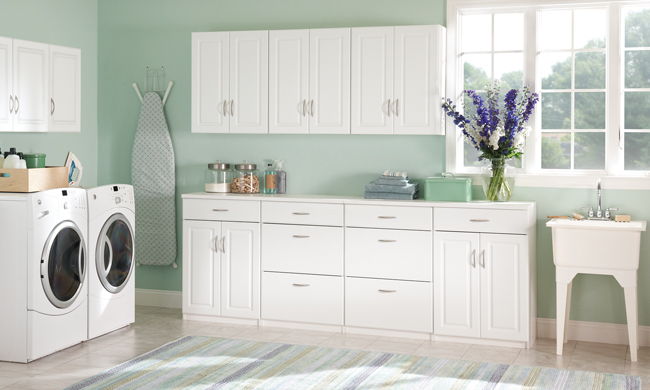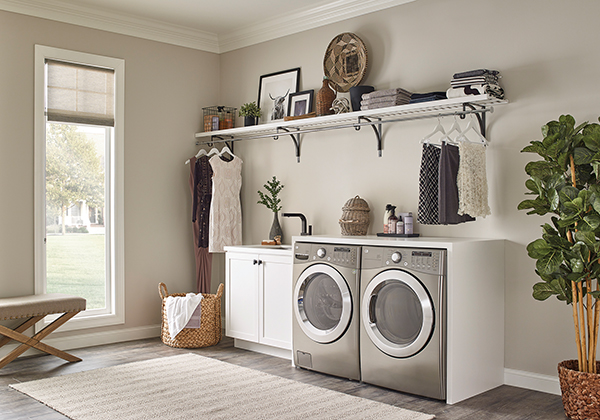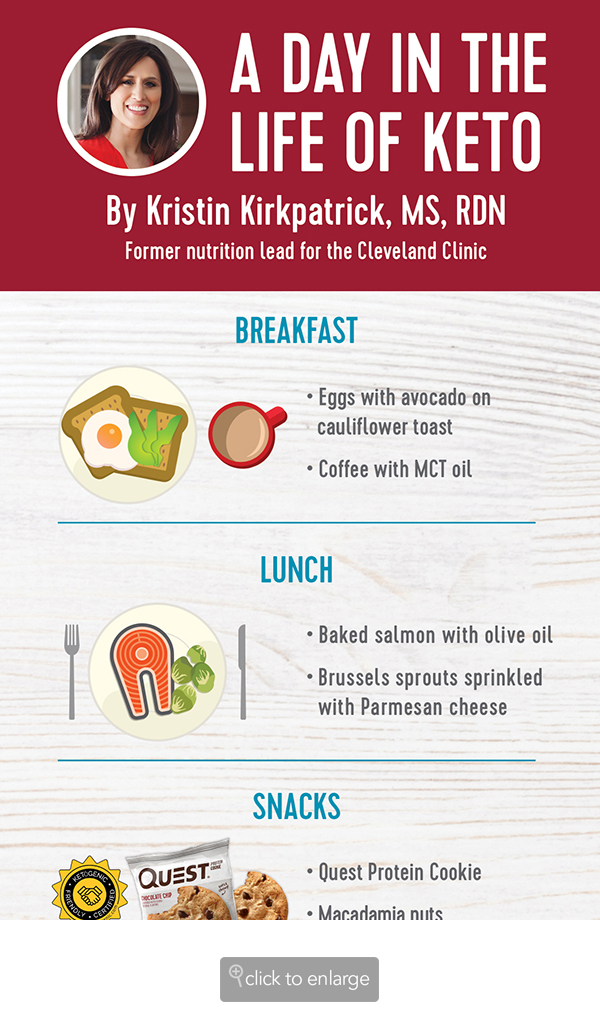7 tips for choosing a qualified contractor
(Family Features) Outside of the home itself, remodeling is typically one of the largest investments you can make as a homeowner. While some projects can be tempting to tackle yourself, many larger-scale projects may require hiring a qualified professional.Because remodeling your home is a big undertaking, it’s important to take steps to ensure the professional you hire to perform the work is qualified to complete it to the highest standards of quality and integrity.
Consider these tips from the experts at the National Association of the Remodeling Industry to help you make an informed decision when hiring a remodeling contractor.
Get Recommendations
One of the best ways to find qualified, professional help is through word-of-mouth referrals. Ask your relatives, friends, neighbors or co-workers – particularly if they’ve recently renovated their own homes – if they have any previous experience with companies they would recommend. Also consider searching online for reviews of companies in your area.
Stay Local
It’s often best to consider established local remodeling companies first, as they are typically more compelled to perform high-quality work, which allows their businesses to thrive and remain in the community. Local professionals are also likely to know permit requirements and building codes in your city or county, which can change from year to year.

Follow Your Design Aesthetic
Whether your home features a mid-century modern, contemporary or farmhouse design style, it’s critical to choose a remodeler who is knowledgeable in the construction and design of the style of your home. Additionally, a company that specializes in remodeling kitchens may not be suited for a bathroom or bedroom project.
Ask for Licenses and Insurance
Many states, but not all, require contractors to be licensed, bonded and insured. Ask for copies of licenses and insurance certificates for any remodelers you’re considering to make sure they’re current. Most states also require contractors to carry worker’s compensation, property damage and personal liability insurance for their crews. Contact your state or local licensing agencies to ensure the contractor meets the minimum requirements.
Check References
Once you’ve narrowed your list of potential contractors, ask for a list of references you can contact and a portfolio of work. A typical reference list includes 10 or more jobs with dates as well as the customer’s name, address and phone number, and a portfolio should also contain at least 10 projects with photos of the space before work began, during the project and after completion. If possible, also consider visiting a current job site to see first-hand how the contractor operates.
Search for Violations or Complaints
Because you can’t always rely on a portfolio or references, it’s important to also check with your local consumer affairs office or the Better Business Bureau to ensure there are no complaints on record for the contractors you’re considering, which may help further narrow your list.
Compare Apples to Apples
While a number of different factors goes into every remodeling project, be sure all contractors you solicit bids from are using the same scope and quality of work requirements. Discuss any significant variations in price or timelines and be wary of any substantially lower estimates.
Find more tips for selecting a contractor at remodelingdoneright.com.
SOURCE:
National Association of the Remodeling Industry





 Resist wrinkles. Prevent unsightly wrinkles by hanging garments straight out of the dryer. A hanging rod is easy to install and lets you take advantage of vertical space in smaller rooms. Be sure to also stock up on hangers of various styles so you always have an ample supply ready when the buzzer sounds that another load is ready for your attention.
Resist wrinkles. Prevent unsightly wrinkles by hanging garments straight out of the dryer. A hanging rod is easy to install and lets you take advantage of vertical space in smaller rooms. Be sure to also stock up on hangers of various styles so you always have an ample supply ready when the buzzer sounds that another load is ready for your attention.









